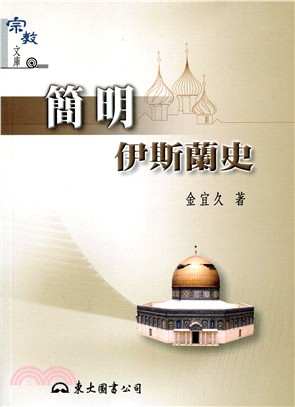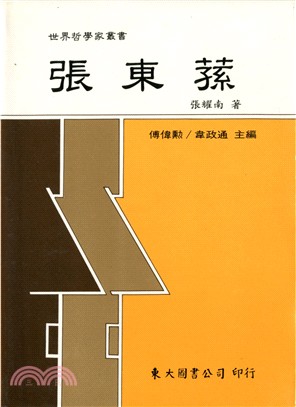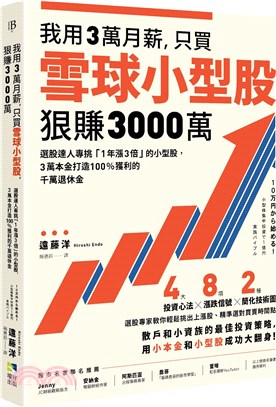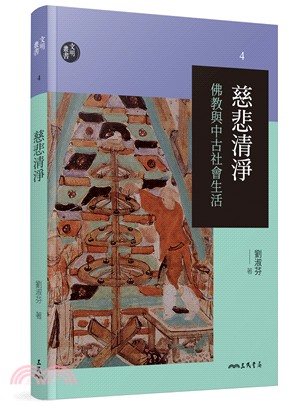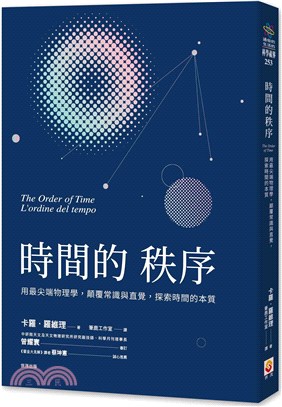Food Forensics ─ Stable Isotopes As a Guide to Authenticity and Origin
商品資訊
商品簡介
The counterfeiting, substitution and adulteration of food, collectively described as food fraud, are ancient practices that continue today. In the modern, global market many premium foodstuffs command a high price due to their geographical origin and/or method of production. Faced with ever more sophisticated fraudsters, the stable isotope, trace element and chemical compositions of food products often provide food scientists with a means to determine authenticity.
Food forensics is a highly multi-disciplinary science that requires knowledge of advanced analytical techniques, plant and animal metabolism, and sophisticated data interpretation tools. For the first time, this book draws together this diverse range of knowledge, with chapters written by some of the world’s leading experts in these fields. Written with the aim of promoting good practice, this volume should be useful for food scientists, forensic investigators, analytical chemists, graduate students, and anyone interested in the application of stable isotope analysis to issues of food fraud.
Chapters 3 and 4, for example, explain the fundamentally important processes of how plants, and in turn animals eating those plants, assimilate stable isotopes and trace elements from the environment. The availability of stable isotopes and trace elements is a function of geography and underlying geology that provides a powerful tool to help determine the region-of-origin of a variety of foodstuffs. Other chapters describe how chemical and physical processes—such as brew
The counterfeiting, substitution and adulteration of food, collectively described as food fraud, are ancient practices that continue today. In the modern, global market many premium foodstuffs command a high price due to their geographical origin and/or method of production. Faced with ever more sophisticated fraudsters, the stable isotope, trace element and chemical compositions of food products often provide food scientists with a means to determine authenticity.
Food forensics is a highly multi-disciplinary science that requires knowledge of advanced analytical techniques, plant and animal metabolism, and sophisticated data interpretation tools. For the first time, this book draws together this diverse range of knowledge, with chapters written by some of the world’s leading experts in these fields. Written with the aim of promoting good practice, this volume should be useful for food scientists, forensic investigators, analytical chemists, graduate students, and anyone interested in the application of stable isotope analysis to issues of food fraud.
Chapters 3 and 4, for example, explain the fundamentally important processes of how plants, and in turn animals eating those plants, assimilate stable isotopes and trace elements from the environment. The availability of stable isotopes and trace elements is a function of geography and underlying geology that provides a powerful tool to help determine the region-of-origin of a variety of foodstuffs. Other chapters describe how chemical and physical processes—such as brewing, baking, fermentation and distillation—change the isotopic and elemental composition of finished foods and how these changes can potentially confound or help the food forensic detective.
Chapters 6 to 13 provide extensive reviews of the use of stable isotope and trace element compositions for the authentication of major food groups: flesh foods, dairy, fruit and vegetables, edible oils, alcoholic and non-alcoholic beverages, etc. These chapters include overviews of production practices, global markets, common (and less-common) food fraud practices and the financial and social costs of fraud. Chapter 12 is dedicated to the authentication of organic produce, for which consumers will pay a premium price, and which present unique challenges. The emphasis of all these chapters is on how measurements of stable isotope and trace element compositions can be used to detect fraudsters with comprehensive references that provide the background data that are essential for valid comparisons.
Chapters 1 and 2 describe, in some detail, the steps an analytical laboratory must take to produce data that are not only self-consistent, but are also directly comparable to data from other laboratories, including aspects of sampling, sample preparation and instrumental analysis. This high level of consistency is important because food forensics is largely a comparative technique and for the same reason Chapter 5 is devoted to the interpretation of complex datasets – e.g., the combinations of stable isotope, trace element and chemical compositions that are frequently encountered by food scientists. These techniques are used throughout the subsequent chapters and range from simple comparative statistics to multivariate data analysis and the use of geo-spatial mapping techniques (commonly referenced as isotope landscapes, or isoscapes).
ing, baking, fermentation and distillation—change the isotopic and elemental composition of finished foods and how these changes can potentially confound or help the food forensic detective.
Chapters 6 to 13 provide extensive reviews of the use of stable isotope and trace element compositions for the authentication of major food groups: flesh foods, dairy, fruit and vegetables, edible oils, alcoholic and non-alcoholic beverages, etc. These chapters include overviews of production practices, global markets, common (and less-common) food fraud practices and the financial and social costs of fraud. Chapter 12 is dedicated to the authentication of organic produce, for which consumers will pay a premium price, and which present unique challenges. The emphasis of all these chapters is on how measurements of stable isotope and trace element compositions can be used to detect fraudsters with comprehensive references that provide the background data that are essential for valid comparisons.
Chapters 1 and 2 describe, in some detail, the steps an analytical laboratory must take to produce data that are not only self-consistent, but are also directly comparable to data from other laboratories, including aspects of sampling, sample preparation and instrumental analysis. This high level of consistency is important because food forensics is largely a comparative technique and for the same reason Chapter 5 is devoted to the interpretation of complex datasets – e.g., the combinations of stable isotope, trace element and chemical compositions that are frequently encountered by food scientists. These techniques are used throughout the subsequent chapters and range from simple comparative statistics to multivariate data analysis and the use of geo-spatial mapping techniques (commonly referenced as isotope landscapes, or isoscapes).
主題書展
更多書展本週66折
您曾經瀏覽過的商品
購物須知
外文書商品之書封,為出版社提供之樣本。實際出貨商品,以出版社所提供之現有版本為主。部份書籍,因出版社供應狀況特殊,匯率將依實際狀況做調整。
無庫存之商品,在您完成訂單程序之後,將以空運的方式為你下單調貨。為了縮短等待的時間,建議您將外文書與其他商品分開下單,以獲得最快的取貨速度,平均調貨時間為1~2個月。
為了保護您的權益,「三民網路書店」提供會員七日商品鑑賞期(收到商品為起始日)。
若要辦理退貨,請在商品鑑賞期內寄回,且商品必須是全新狀態與完整包裝(商品、附件、發票、隨貨贈品等)否則恕不接受退貨。














